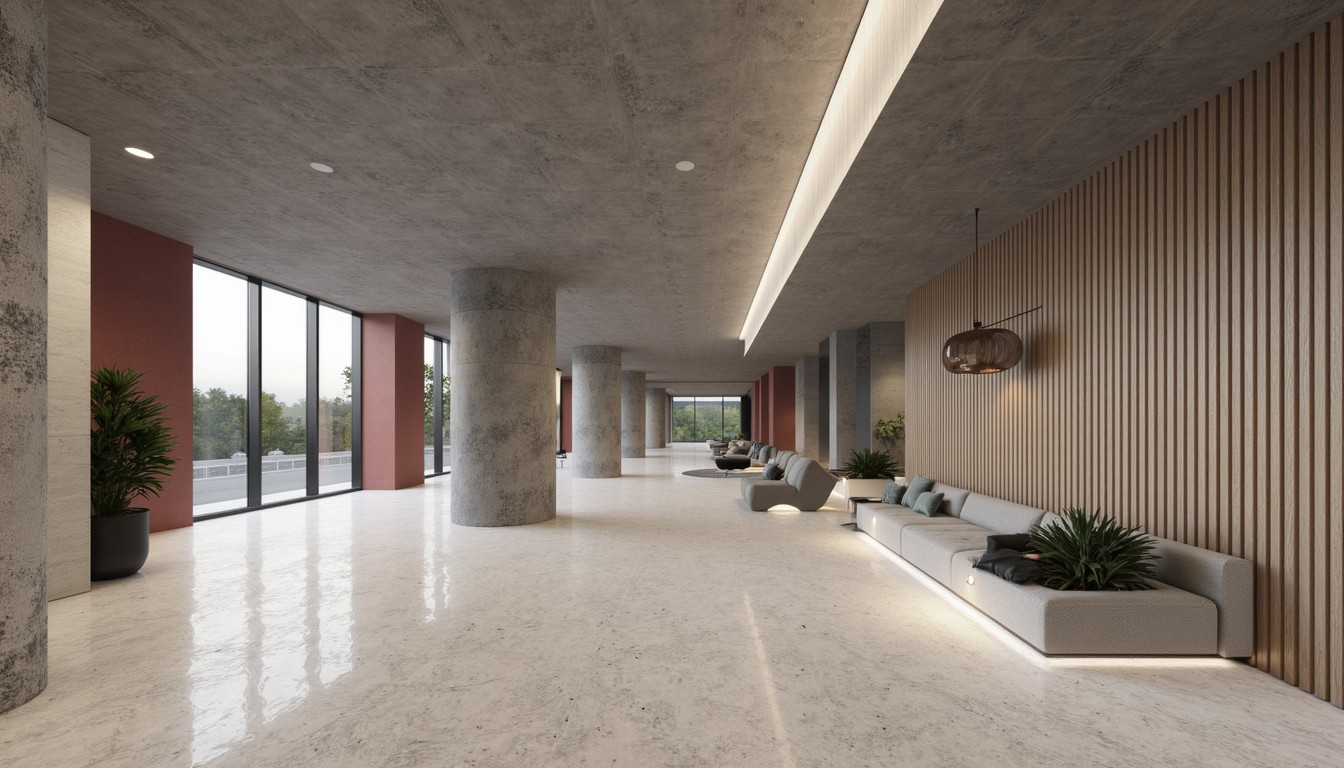3D Printing in Construction: Building the Future
The construction industry, traditionally slow to adopt new technologies, is experiencing a seismic shift thanks to additive manufacturing, more commonly known as 3D printing. This innovative technique is no longer a futuristic fantasy; it's rapidly becoming a practical and efficient method for building everything from small-scale components to entire structures. ArchNav, a leader in architectural visualization, recognizes the transformative power of 3D printing and its implications for the future of design and construction.
The Rise of Additive Manufacturing in Construction

3D printing in construction utilizes specialized machines to deposit layer upon layer of material, creating three-dimensional objects based on digital designs. Unlike traditional methods, this process minimizes waste, speeds up construction timelines, and opens up possibilities for complex architectural designs previously deemed impossible. The materials used vary widely, including concrete, polymers, and even recycled materials, expanding the sustainability and versatility of the technology.
Types of 3D Printing Technologies in Construction
Several 3D printing technologies are currently employed in construction, each with its unique advantages and limitations:
- Binder Jetting: This method uses a binding agent to join powder materials (like cement or sand) layer by layer, creating a solid structure.
- Extrusion-based 3D printing: This involves extruding a continuous stream of material, such as concrete or specialized polymers, through a nozzle to build the structure.
- Vat Polymerization: Using a vat of liquid resin, this method cures layers using UV light, creating high-precision, detailed structures suitable for intricate architectural elements.
Benefits of 3D Printing in Construction

The advantages of integrating 3D printing into construction projects are numerous:
- Increased Speed and Efficiency: 3D printing significantly accelerates the construction process, reducing project timelines and labor costs.
- Reduced Waste: The precise nature of 3D printing minimizes material waste, contributing to a more sustainable construction practice.
- Cost Savings: While initial investment in 3D printing technology can be substantial, long-term cost savings from reduced labor, material waste, and construction time are significant.
- Enhanced Design Flexibility: 3D printing enables the creation of complex and intricate designs that would be impossible or extremely costly using traditional methods, unlocking new architectural possibilities.
- Improved Safety: By automating certain aspects of construction, 3D printing can reduce the risk of workplace accidents and injuries.
- On-site Construction: 3D printers can be deployed directly on construction sites, eliminating the need for extensive transportation of prefabricated components.
Real-World Applications of 3D Printing in Construction
3D printing is no longer a theoretical concept; it's already making a tangible impact on the construction industry. Here are some real-world applications:
- Residential Housing: 3D-printed houses are becoming increasingly common, offering affordable and sustainable housing solutions.
- Infrastructure Projects: Bridges, retaining walls, and other infrastructure elements are being constructed using 3D printing, showcasing its versatility.
- Architectural Components: Intricate facades, decorative elements, and customized building components are being created with remarkable precision.
- Disaster Relief: 3D printing offers a rapid response solution for creating temporary shelters and infrastructure in disaster-stricken areas.
Challenges and Future Trends

Despite its immense potential, 3D printing in construction faces challenges:
- High Initial Investment: The cost of 3D printing equipment can be a significant barrier to entry for smaller companies.
- Material Limitations: The range of printable materials is still expanding, and research is ongoing to develop new, sustainable materials.
- Scalability Issues: Scaling up 3D printing for large-scale construction projects requires further technological advancements.
- Regulatory Hurdles: Building codes and regulations often lag behind technological advancements, creating hurdles for widespread adoption.
However, the future of 3D printing in construction is bright. We can expect to see:
- Increased Material Diversity: New materials with improved strength, sustainability, and cost-effectiveness will be developed.
- Improved Printing Speed and Precision: Technological advancements will further enhance the speed and accuracy of 3D printing processes.
- Greater Integration with BIM: Seamless integration of 3D printing with Building Information Modeling (BIM) will optimize design and construction workflows.
- Wider Adoption Across the Industry: As costs decrease and technologies mature, 3D printing will become increasingly prevalent in construction projects worldwide.
ArchNav: Your Partner in Visualizing the Future of Construction
At ArchNav, we understand the transformative potential of 3D printing in construction. Our expertise in architectural visualization allows us to create stunning and accurate renderings that showcase the possibilities of this innovative technology. We help architects, engineers, and developers visualize their 3D-printed projects, ensuring that their vision is brought to life with unparalleled clarity and detail. Contact us today to discuss how we can help you visualize the future of your building projects.
